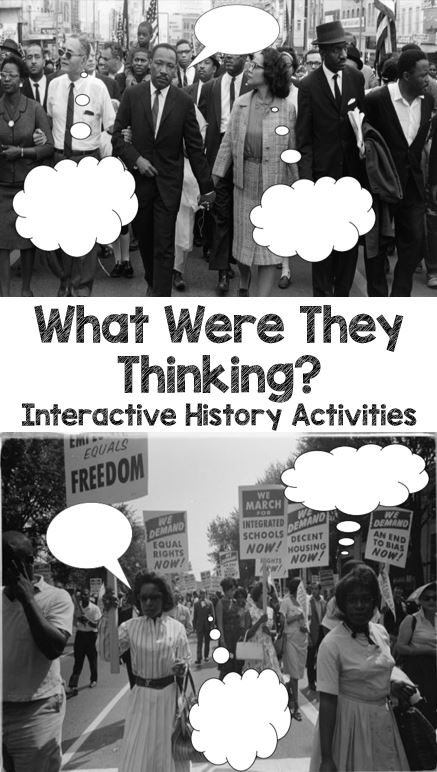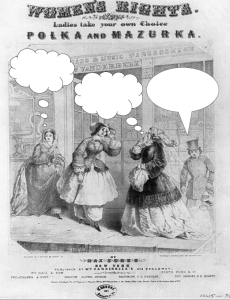When I was young, I LIVED for DBQs! I guess I didn’t really think about it too much at the time, but I loved that there was an answer right there in front of me; I just needed to look closely at a picture. As a VERY visual learner, being able to see history through primary sources was huge for me, and as I know now, this is incredibly important for our students.

A few years ago, I was a part of a grant called “Teaching American History.” It was a year-long grant, that actually turned into a three-year grant for a group of teachers in Western New York. We met monthly at various museums and historic sites to discuss how to better teach history in elementary grades. I’m not ashamed to say that I was not a history buff in grade school, so this grant also helped me in learning a ton that I probably should have already learned (which I’m sure was a secret agenda of the grant). The biggest take away for many of us was how history could be integrated into other subject areas, ELA being the easiest place to throw in social studies/history lessons.
During the grant, we traveled to multiple stops, including taking summer trips to Boston, historic sites across New York State, and to Washington, D.C. One of our stops was the National Archives, and for me, this was probably the most meaningful. I was immediately reminded of how primary sources could spark such interest, excitement, and immediate  engagement in students (and teachers). Looking at history through primary sources, paintings and photos, in particular, changed the way I taught from that point on.
engagement in students (and teachers). Looking at history through primary sources, paintings and photos, in particular, changed the way I taught from that point on.
Looking at historical photographs allows students to empathize with the subjects of the photos. Students can truly see and feel what it may have been like to walk in the shoes of historical figures.
After those experiences, I have tried to weave in historical photos, maps, documents, and other primary sources wherever possible. Not only does this ready my young students for what’s coming up in their future courses, but it engages students in a way that many other resources can.
One of the activities that I have found even my third graders are SUPER engaged with is an activity that I call “What Were They Thinking?” I give my students a little background information, usually through an article or short passage, and then I give them a primary source photograph which I have placed thought or speech bubbles on top of. Usually, with a partner or small group, I have students fill in the speech bubbles, writing quotes of what the historical figures in the photograph were thinking or saying. Students come up with the most profound and thoughtful ideas to this activity…they never cease to amaze me.
This is a high-level activity that students truly understand, even from a very young age. I haven’t really tried this activity younger than 3rd grade, but it’s all about the information that you provide to your students before having the kids fill in the speech/thought bubbles.
Here is a FREE page to try out with your kids for Martin Luther King Jr. Day.
The full packet that I use with my kids is located here.
I have also tried these topics with my kiddos:
*A First Thanksgiving
*Age of Exploration
*Martin Luther King Jr. (full version)
*Olympic History
*Christmas in the 1900’s
*St. Patrick’s Day
*Easter
Okay…so the title of this article was a little misleading, I just wanted to be punny, but I do feel quite strongly about using primary sources with young learners. AND, I encourage you to try to weave in historical documents wherever you can. Find some old pictures of trains when studying transportation, or old maps when studying the compass rose…there’s so much opportunity, and to be very honest, primary sources aren’t that hard to find. Usually a quick Google search will do it for you, but of course, there’s always www.loc.gov or www.archives.gov to provide you with a ton of resources, too!
Let me know how you use primary sources in your room! 🙂
Happy Teaching.
-Dan M.
I visit daily some blogs and websites to read content, except this web site offers quality based content.